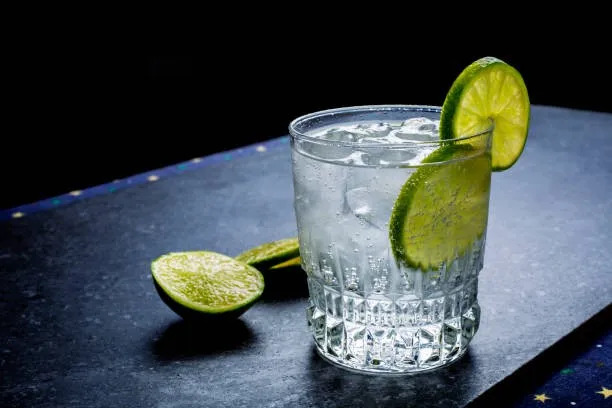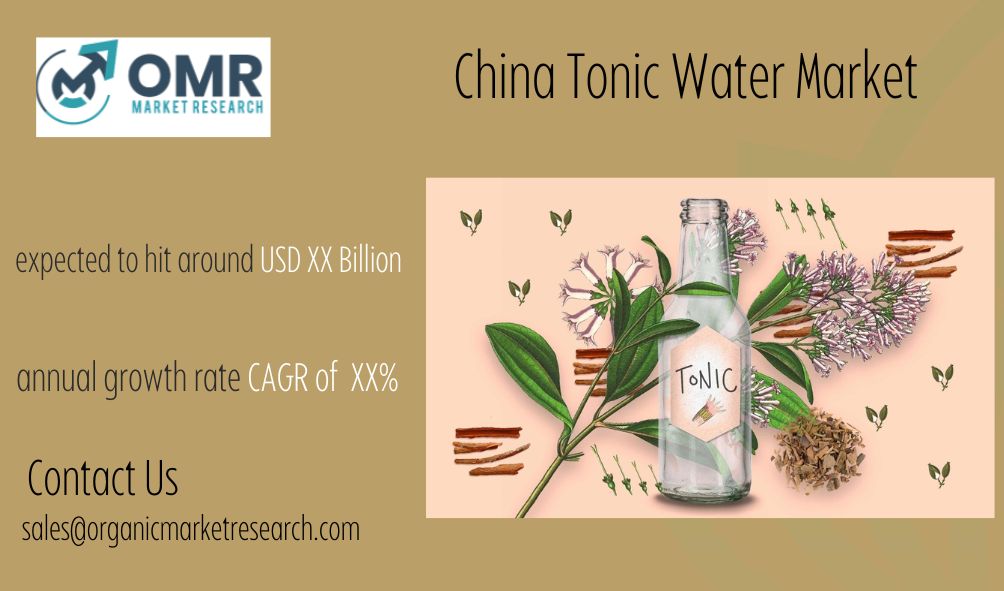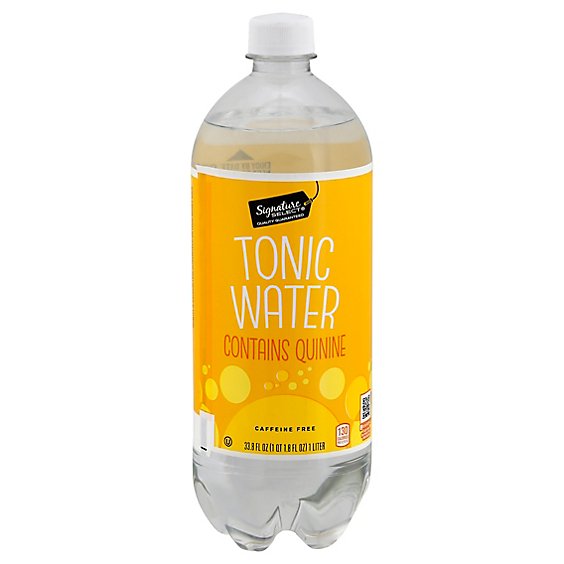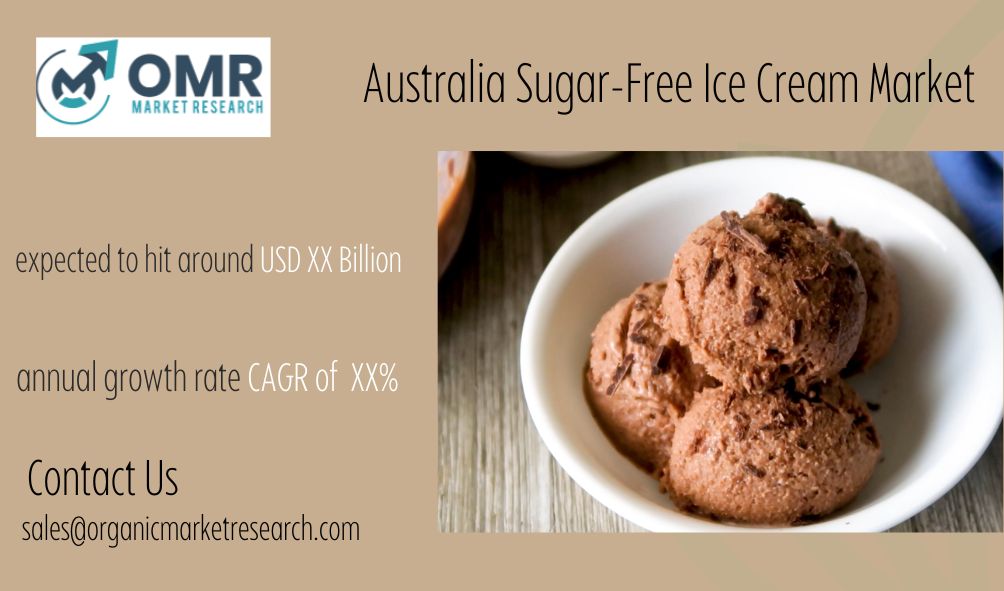The “Indonesia Tonic Water Market Size, Share & Trends Analysis Report” provides a comprehensive examination of the Tonic Water market in Indonesia, focusing on factors such as flavor variants, packaging forms, distribution channels, and regional dynamics. This report offers valuable insights for stakeholders to understand the market landscape, identify growth opportunities, and formulate effective strategies.
Objective: The objective of this market research report is to analyze the Indonesia Tonic Water Market’s size, share, and trends. It aims to provide insights into the market dynamics, growth drivers, challenges, and opportunities for stakeholders operating in this market segment.
Methodology: The research methodology includes primary and secondary research. Primary research involves interviews with industry experts, manufacturers, distributors, and consumers. Secondary research includes data collection from various industry reports, company websites, press releases, and government publications.
2. Executive Summary: The executive summary provides a concise overview of the key findings, market trends, and recommendations derived from the comprehensive analysis of the Indonesia Tonic Water Market.
3. Market Overview:
Market Definition: The Indonesia Tonic Water Market comprises carbonated water flavored with quinine, sweeteners, and other flavoring agents, consumed either plain or in flavored variants.
Market Segmentation:
- By Flavor: Plain, Flavored
- By Packaging Form: Bottles, Cans
- By Distribution Channel
- By Region
Market Dynamics:
- Drivers: Increasing consumer preference for low-calorie beverages, rising demand for premium mixers, growing cocktail culture.
- Restraints: Health concerns regarding high sugar content, availability of alternative beverages.
- Opportunities: Rising disposable income, expanding distribution channels, product innovation.
4. Indonesia Tonic Water Market Analysis:
- Market Size & Forecast, 2023-2031: Analysis of historical data and future projections.
- Market Share Analysis: Identification of key players and their market share.
- Competitive Landscape: Assessment of competitive strategies, mergers, acquisitions, partnerships.
5. Market Segmentation: Analysis of the market based on flavor, packaging form, distribution channel, and region.
6. Key Players Analysis: Profiles of major companies operating in the market, including their product offerings, financial performance, and SWOT analysis.
7. Government Regulations and Initiatives: Discussion of government policies, regulations, and initiatives impacting the Tonic Water Market.
8. Consumer Behavior Analysis: Insights into consumer preferences, purchasing patterns, and factors influencing buying decisions.
9. Market Challenges: Identification of challenges hindering market growth and strategies to overcome them.
10. Future Outlook and Opportunities: Forecast of market trends, emerging opportunities, and strategic recommendations for stakeholders.
11. Conclusion: Summary of key findings and recommendations for stakeholders to capitalize on growth opportunities in the Indonesia Tonic Water Market.
This market research report aims to provide comprehensive insights into the Indonesia Tonic Water Market, assisting industry players, investors, and policymakers in making informed decisions.
Indonesia Tonic Water Market Size, Share & Trends Analysis Report By Flavor (Plain , and Flavored),By Packaging Form (Bottles, and Cans),By Distribution Channel, By Region, Forecast & Opportunities, 2023 -2031
Market Research Report: Indonesia Tonic Water Market Analysis
Table of Contents:
- Introduction
- Objective
- Methodology
- Executive Summary
- Market Overview
- Market Definition
- Market Segmentation
- Market Dynamics
- Drivers
- Restraints
- Opportunities
- Trends
- Indonesia Tonic Water Market Analysis
- Market Size & Forecast, 2023-2031
- Market Share Analysis
- Competitive Landscape
- Market Segmentation
- By Flavor
- By Packaging Form
- By Distribution Channel
- By Region
- Key Players Analysis
- Company Profiles
- Product Portfolio
- Financial Performance
- SWOT Analysis
- Government Regulations and Initiatives
- Consumer Behavior Analysis
- Market Challenges
- Future Outlook and Opportunities
- Conclusion












